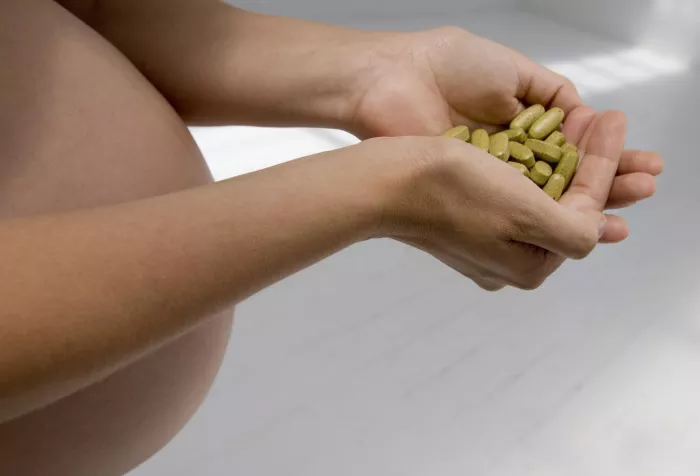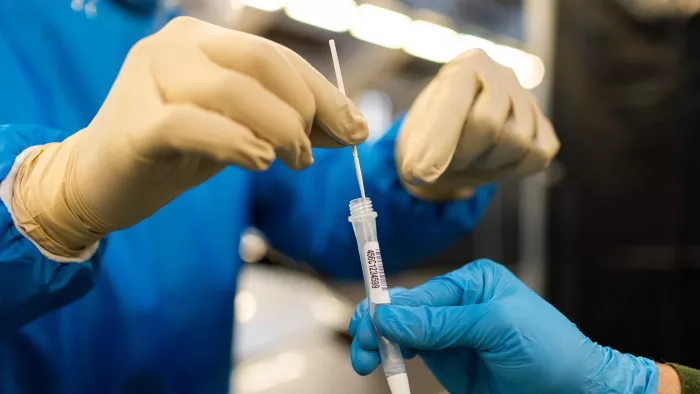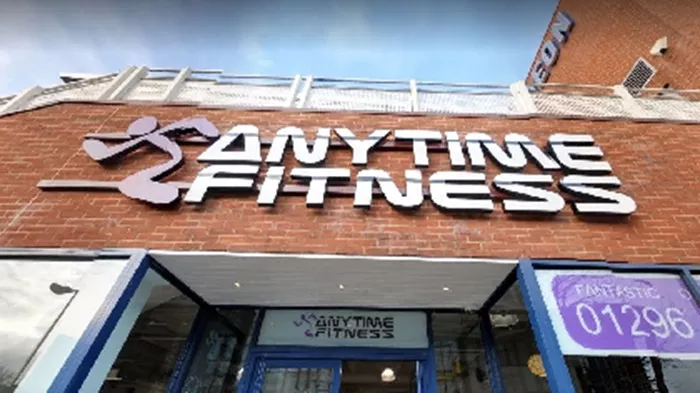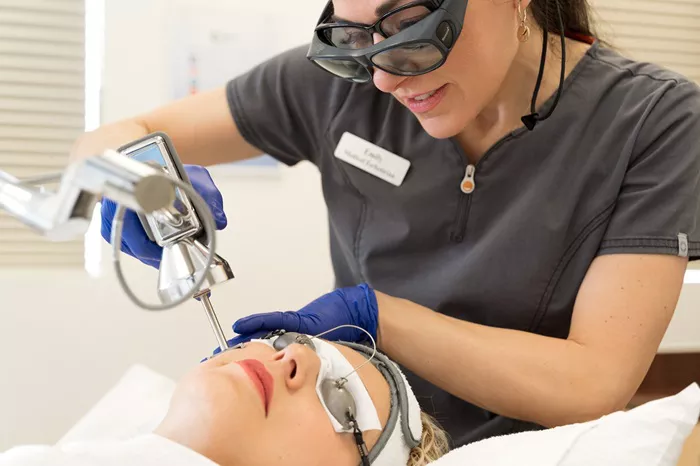In a society that often associates beauty with youth, many senior women in Calgary are challenging traditional notions by turning to cosmetic procedures like Botox to enhance their confidence and redefine aging. These procedures are not just about changing appearances but also reflect a shift in how aging is perceived and embraced.
The Pressure to Look Youthful
Western culture’s obsession with youth as the ideal beauty standard often leaves older women feeling pressured to conform to these ideals. The beauty industry, with its focus on “anti-aging” and “anti-wrinkle” products, frequently targets this demographic, reinforcing the notion that flawless, youthful skin is a measure of beauty.
For many older women in Calgary, turning to cosmetic enhancements such as Botox is less about vanity and more about maintaining self-confidence. Angela Kramer, founder of Vive Med Spa and a senior herself, explains that many of her clients, including seniors, opt for subtle enhancements that help them feel their best.
A Personal Approach to Aging
Kramer shares that Botox, when done correctly, can have a positive impact on a woman’s self-image without altering her natural expression. “It didn’t change my expression. I can still raise my eyebrows or look angry,” Kramer says. “It simply made me feel like the person I saw in pictures and videos matched how I felt inside.”
For Kramer, Botox represents self-care and an acknowledgment of her worth. This sentiment resonates with many of her clients, who see these procedures as part of their broader commitment to well-being, alongside healthy living, sleep, and exercise.
Not for Everyone
While Botox is a popular choice, it’s not universally embraced. Many older adults choose not to invest in cosmetic procedures, while others may seek subtle refinements to help them feel confident in their appearance.
A Generational Gap in Beauty Knowledge
At Phi Medical Aesthetics, a Calgary-based clinic with a predominantly female clientele, the focus is on enhancing confidence rather than erasing the signs of aging. “The seniors we see have often been interested in age preservation and want to continue looking like the best version of themselves,” says Jodie Tilley, co-founder and director of operations at the clinic.
Sarah Moran, former marketing director at Phi Medical Aesthetics, adds that Botox affects everyone’s skin and muscles differently. Seniors, however, often experience more noticeable changes due to the aging of their skin, particularly in terms of texture and thickness.
There is also a generational gap in knowledge and accessibility to skincare. “Younger generations, particularly those in their 20s and 30s, have more opportunities to learn about maintaining healthy skin,” Kramer notes. “They are less likely to experience the same type of aging as older generations.”
The Importance of Research and Personalization
As the cosmetic procedure industry continues to grow, Tilley emphasizes the need for thorough research before undergoing Botox or other treatments. “We live in a time where Botox clinics are popping up everywhere, but not all are experienced or reputable,” she warns.
Botox, which was initially developed in the 1970s for ophthalmological uses, became a widely adopted cosmetic treatment in dermatology in 2002. Today, it is one of several botulinum neurotoxin brands used for wrinkle reduction, alongside options like Dysport, Xeomin, and Jeuveau.
As more women opt for cosmetic procedures as part of the aging process, the conversation around beauty continues to evolve. Beauty, as many senior women in Calgary are showing, is fluid and subjective—shaped not by age or societal expectations, but by personal perspective and choice.
Ultimately, the message is clear: women of all ages should feel empowered to make decisions that help them look and feel their best.
Related Topics






























